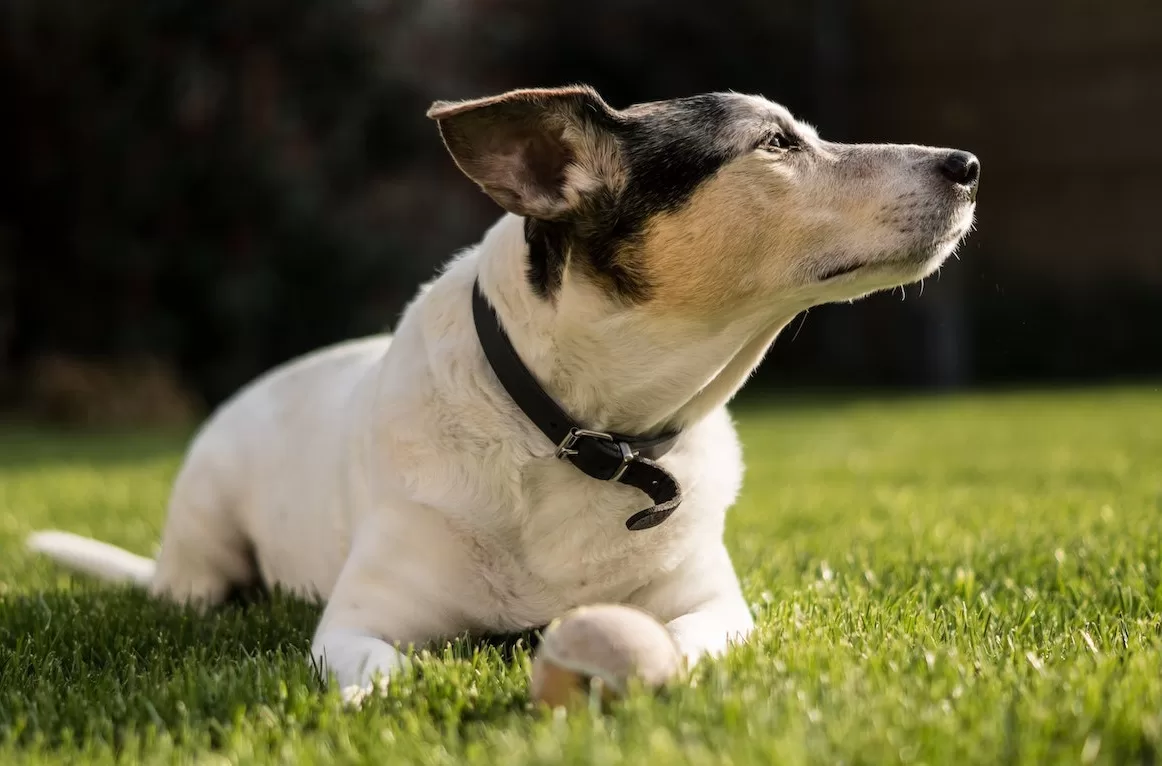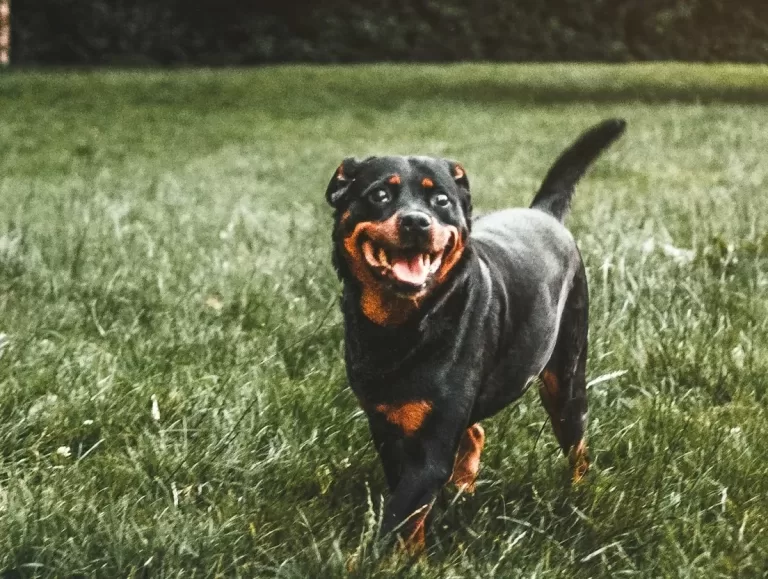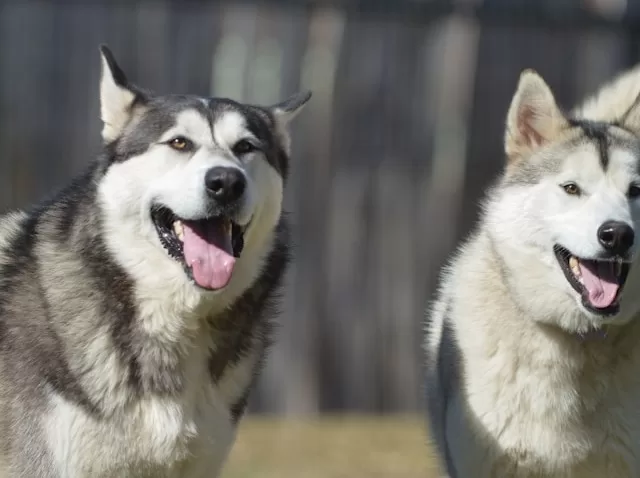As a responsible pet owner, finding the right collar for your dog is essential. Dog collars not only serve as a means to attach identification tags and leashes, but they also contribute to your dog’s safety, comfort, and overall well-being. With the plethora of options available in the market, it can be overwhelming to make a choice.
This aims to provide you with an easy guide to help you select the perfect dog collar for your furry friend.
Types of Dog Collars
Flat Collars: These are the most common type of collars and are suitable for everyday use. Flat collars are made from nylon, leather, or fabric and have a buckle or a snap closure.
Martingale Collars: Ideal for dogs with narrow heads, such as Greyhounds, Martingale collars tighten slightly when pulled, preventing the dog from slipping out.
Harnesses: Harnesses are an excellent option for dogs that tend to pull on the leash. They distribute the force around the dog’s body, reducing strain on the neck and throat.
Head Collars: Designed to control dogs that tend to pull excessively, head collars fit around the muzzle and provide steering control.
Consider Your Dog’s Size and Breed
When selecting a collar, it is crucial to consider your dog’s size and breed. Smaller dogs might be more comfortable with lighter collars, while larger breeds may require wider and sturdier options. Additionally, brachycephalic breeds (dogs with short snouts) may benefit from harnesses or head collars instead of traditional collars.
-
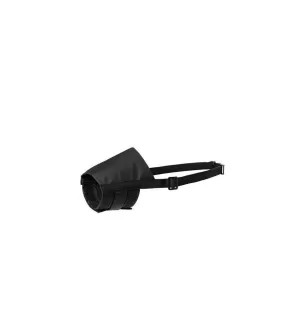 Hunter Muzzle Easy Comfort 5AED 55.00
Hunter Muzzle Easy Comfort 5AED 55.00 -
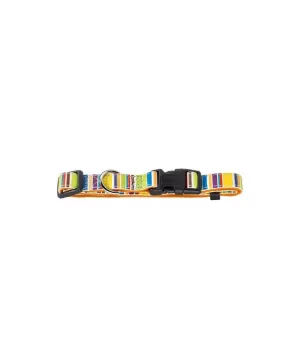 Hunter Collar Fancy Stripes S 30cmAED 40.00
Hunter Collar Fancy Stripes S 30cmAED 40.00 -
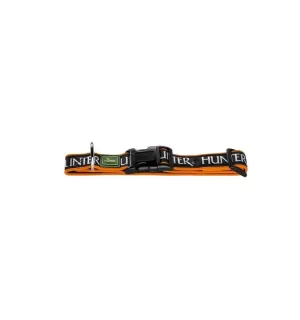 Hunter Collar Neopren Vario Plus M 35cmAED 52.00
Hunter Collar Neopren Vario Plus M 35cmAED 52.00 -
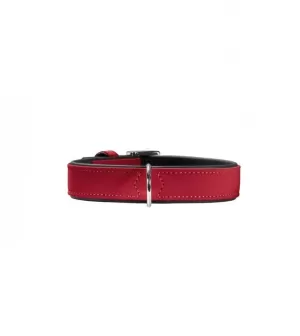 Hunter Collar Softie 50cmAED 90.00
Hunter Collar Softie 50cmAED 90.00 -
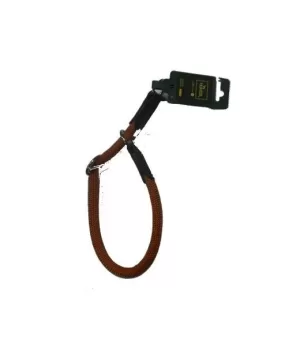 Hunter Training Collar 50cmAED 70.00
Hunter Training Collar 50cmAED 70.00 -
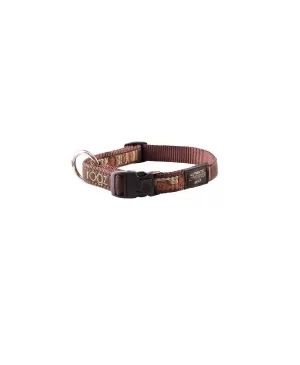 Rogz Mocha Bone Collar 35cmAED 25.00
Rogz Mocha Bone Collar 35cmAED 25.00
Material and Durability
Dog collars are available in various materials, including nylon, leather, and fabric. Nylon collars are durable, lightweight, and easy to clean. Leather collars are stylish, long-lasting, but require more maintenance. Fabric collars offer a wide range of colors and patterns, making them a fun and fashionable choice.
Safety Considerations
Ensure the collar you choose has a quick-release buckle or a breakaway feature to prevent accidents. These features allow the collar to break open if it gets caught on something, reducing the risk of choking or injury. Reflective or LED collars can also enhance visibility during nighttime walks.
Comfort and Fit
A well-fitting collar is essential for your dog’s comfort. You should be able to fit two fingers comfortably between the collar and your dog’s neck. Check the collar regularly for any signs of rubbing or irritation, and adjust it as necessary. Padded collars can provide extra comfort, especially for dogs with sensitive skin.
Personalization and Identification
Consider personalizing your dog’s collar with identification tags that include their name, your contact information, and any relevant medical details. This ensures that if your dog ever gets lost, they can be easily identified and returned to you.
Overall
Choosing the right collar for your dog involves considering their size, breed, comfort, and safety. Take the time to assess your dog’s specific needs and preferences to find a collar that fits well and suits their individual style.
Remember, a well-chosen collar enhances your dog’s safety and allows you to enjoy walks and adventures together.

